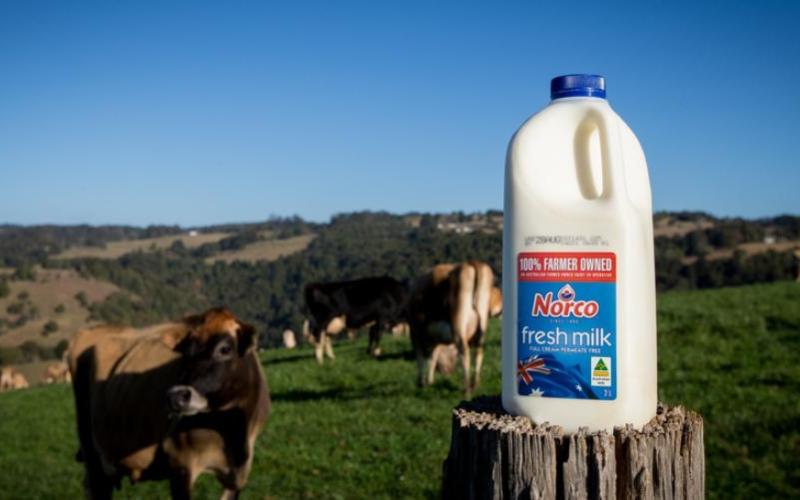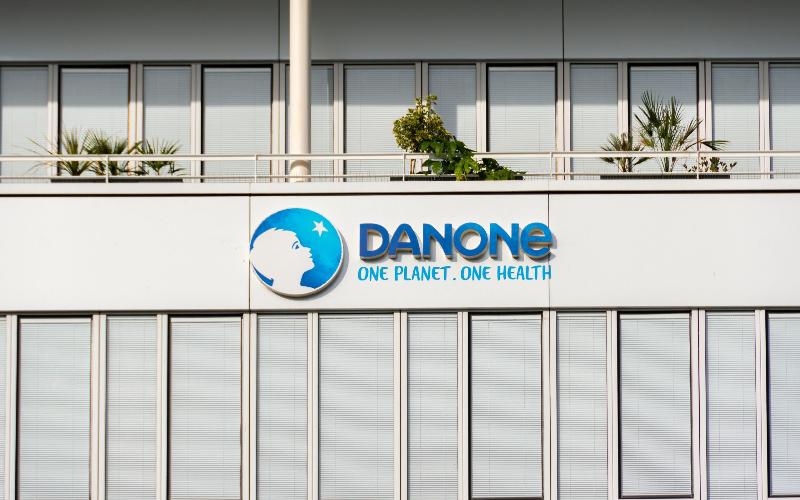2024: Global Milk Production and Trade Trends
Sourse: The DairyNews
The USDA's Dairy Global Market Analysis report for 2024 provides insights into the anticipated trends in milk production and trade of dairy products worldwide. Here's a breakdown of the expected figures and dynamics for the upcoming year.

United States: Persistent Challenges, Sel ect Opportunities
Year-on-year price declines and moderate growth in shipment volumes for several U.S. dairy products are foreseen, impacting total dairy export values. However, the latter half of 2024 might witness increased demand for skim products due to improved U.S. price competitiveness. Non-fat dry milk and whey, crucial for exports, are expected to face sustained lower prices in the first half of 2024, with weak volumes influenced by soft demand fr om East and Southeast Asia. Fluid milk production is projected to increase by 1%, and cheese production is set to experience a 2% boost, driven by expanded processing capacity and accelerated milk production.
Australia: Overcoming Challenges for Milk Production Surge
Australia expects a 1% increase in fluid milk production to 8.5 million tonnes in 2024, as beef cattle prices fall and labor shortages abate. Despite ongoing labor concerns, the return of working holidaymakers and increased participation in the Pacific Australia Labor Mobility scheme are improving the situation. Strong farmgate milk prices are anticipated to provide further impetus for increased milk production. Cheese production is forecasted to rise by 5%, with exports rebounding significantly in 2024.
New Zealand: Weather Challenges Impact Milk Production
New Zealand anticipates a marginal decline in milk production to 21.2 million tons in 2024, attributed to challenges such as El Niño weather patterns, reduced farmgate milk prices, on-farm inflation, and a shrinking dairy herd. Butter production is expected to rise by 3%, while whole milk powder production will decline. Cheese exports are forecasted to decrease due to heightened competitiveness from Australia and the EU.
European Union: Dairy Challenges and Marginal Shifts
The European Union projects a marginal decline in milk production, with a focus on cow productivity improvements. Challenges such as persistent declines in farmgate milk prices, high production costs, and environmental regulations pose obstacles. Despite weaker milk production, cheese production is forecasted to increase marginally, driven by higher profitability. EU cheese exports are estimated to climb by 1% in 2024.
Argentina: Currency Woes Impact Milk Production
Argentina expects a 2% decline in milk production in 2024, attributed to currency devaluation pressuring producer margins. Increased costs of feed and imported inputs are likely to curtail output per cow. Producers face challenges due to economic factors, affecting the overall dairy industry.
The global dairy landscape in 2024 presents a mixed outlook, with challenges and opportunities shaping the production and trade dynamics in different regions.
Year-on-year price declines and moderate growth in shipment volumes for several U.S. dairy products are foreseen, impacting total dairy export values. However, the latter half of 2024 might witness increased demand for skim products due to improved U.S. price competitiveness. Non-fat dry milk and whey, crucial for exports, are expected to face sustained lower prices in the first half of 2024, with weak volumes influenced by soft demand fr om East and Southeast Asia. Fluid milk production is projected to increase by 1%, and cheese production is set to experience a 2% boost, driven by expanded processing capacity and accelerated milk production.
Australia: Overcoming Challenges for Milk Production Surge
Australia expects a 1% increase in fluid milk production to 8.5 million tonnes in 2024, as beef cattle prices fall and labor shortages abate. Despite ongoing labor concerns, the return of working holidaymakers and increased participation in the Pacific Australia Labor Mobility scheme are improving the situation. Strong farmgate milk prices are anticipated to provide further impetus for increased milk production. Cheese production is forecasted to rise by 5%, with exports rebounding significantly in 2024.
New Zealand: Weather Challenges Impact Milk Production
New Zealand anticipates a marginal decline in milk production to 21.2 million tons in 2024, attributed to challenges such as El Niño weather patterns, reduced farmgate milk prices, on-farm inflation, and a shrinking dairy herd. Butter production is expected to rise by 3%, while whole milk powder production will decline. Cheese exports are forecasted to decrease due to heightened competitiveness from Australia and the EU.
European Union: Dairy Challenges and Marginal Shifts
The European Union projects a marginal decline in milk production, with a focus on cow productivity improvements. Challenges such as persistent declines in farmgate milk prices, high production costs, and environmental regulations pose obstacles. Despite weaker milk production, cheese production is forecasted to increase marginally, driven by higher profitability. EU cheese exports are estimated to climb by 1% in 2024.
Argentina: Currency Woes Impact Milk Production
Argentina expects a 2% decline in milk production in 2024, attributed to currency devaluation pressuring producer margins. Increased costs of feed and imported inputs are likely to curtail output per cow. Producers face challenges due to economic factors, affecting the overall dairy industry.
The global dairy landscape in 2024 presents a mixed outlook, with challenges and opportunities shaping the production and trade dynamics in different regions.














